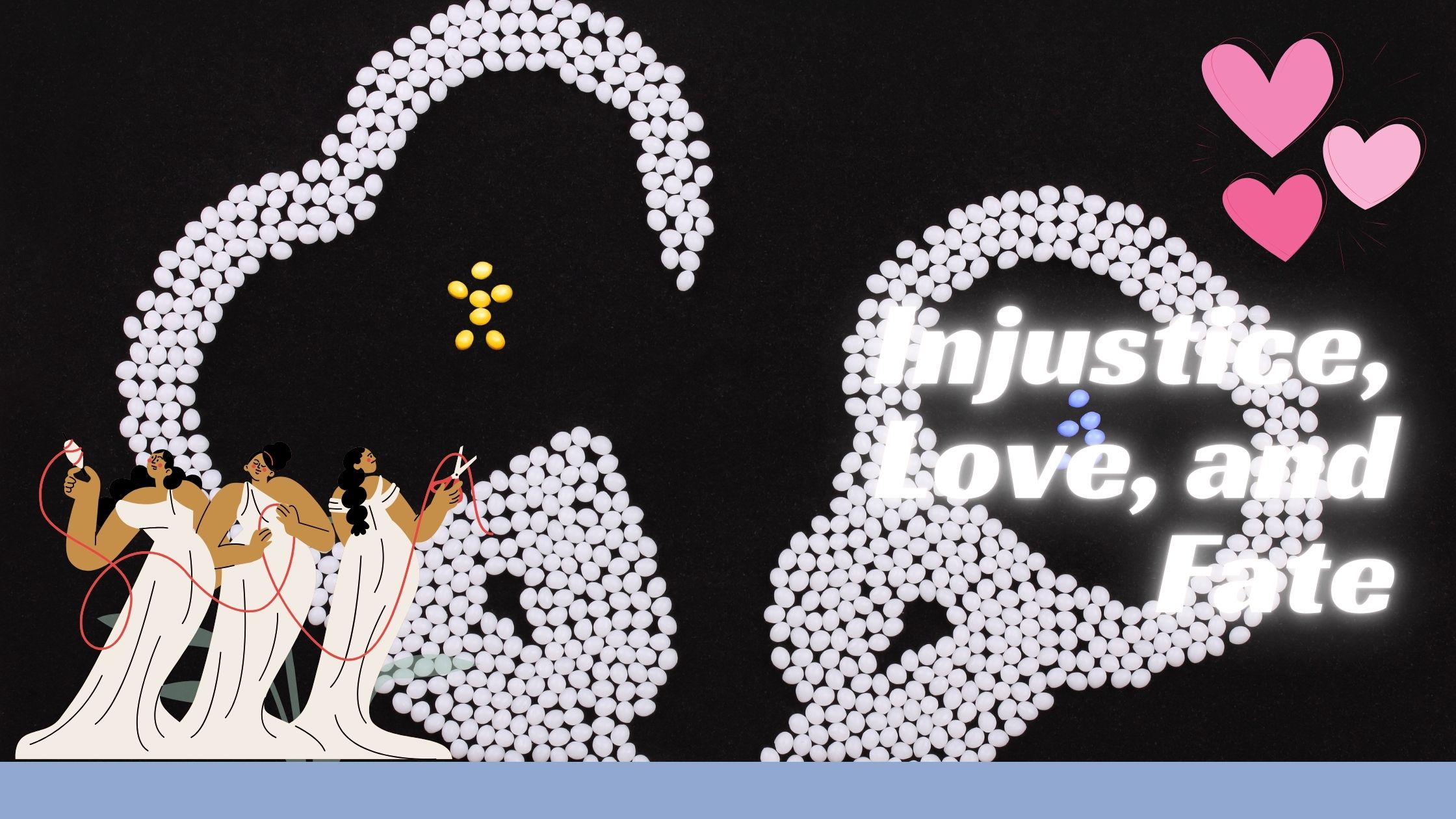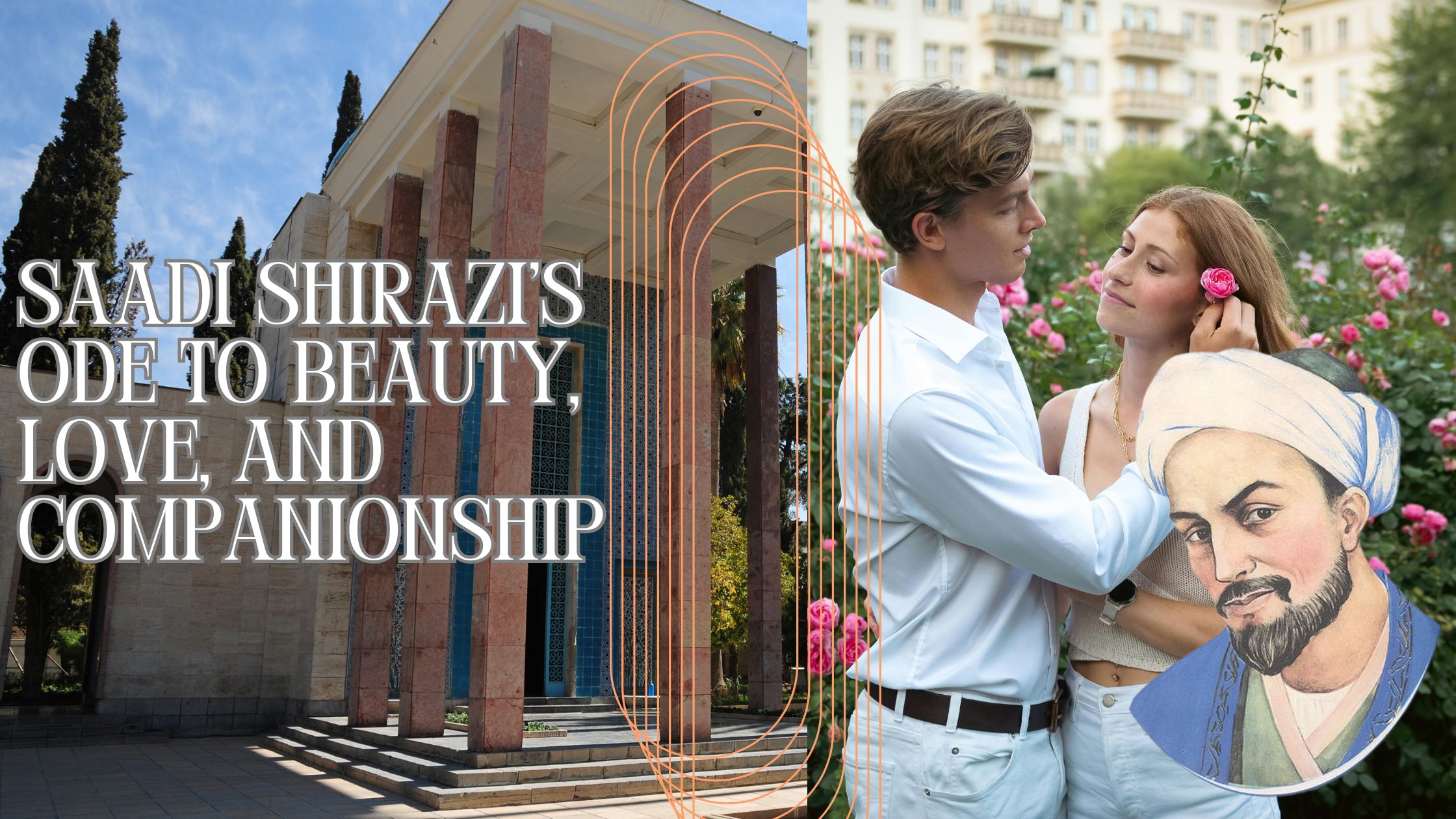Mohtasham Kashani, a prominent Persian poet of the 16th century, is renowned for his moving elegies, particularly those commemorating the martyrdom of Imam Hussein. However, his poetic talent extended beyond elegies, encompassing various forms, including the ghazal, a lyrical poem consisting of rhyming couplets and a refrain. The ghazal under consideration here explores themes of injustice, love, fate, and the human condition.
Poem in Persian:
قضا از آسمان هرگه در بیداد بگشاید
زمین بر من زبان بهر مبارک باد بگشاید
به خاک از رشحهٔ خون نقش شیرین آید ولیلی
رگ فرهاد و مجنون را اگر فصاد بگشاید
خط پرویز را از عشق خود در وادی شیرین
که هر جا مشکلی در ره بود فرهاد بگشاید
زبان عجز بگشاید که ای شاه جفا پیشه
کز استیلا کمین بر صید و خود صیاد بگشاید
قضا پیش از محل تیر بلائی گر کند پرکش
نگهدارد که روزی بر من ناشاد بگشاید
در حرمان که دارد صبر دخلی در گشاد آن
کلیدش هست چون بر گشته بیداد بگشاید
گره از تار زلفش محتشم نتوان گشود اما
اگر توفیق باشد کور مادرزاد بگشاید
Translation:
The earth opens its tongue to congratulate me.
From the drops of blood, the image of Shirin and Layli appears on the ground,
If the phlebotomist opens the veins of Farhad and Majnun.
The line of Parviz from his love in the valley of Shirin,
That wherever there was a problem on the way, Farhad would solve it.
He opens the tongue of helplessness, saying, "O king of injustice,"
That from dominance, he sets an ambush for the prey and himself becomes the hunter.
If fate takes flight with a calamity before the arrow reaches its target,
It keeps it so that one day it opens it for my unhappiness.
In deprivation, who has patience to intervene in its solution?
Its key is when the reversed injustice opens it.
Mohtasham cannot untie the knot from her tresses,
But if there is divine grace, a congenitally blind person can open it.
The Poem and its Themes:
The poem opens with a powerful image of fate unleashing injustice from the heavens. Surprisingly, the earth responds with "congratulations." This isn't a celebration of injustice but rather a recognition of its inevitability and the resilience of the human spirit in the face of adversity. This sets the stage for a meditation on enduring hardship.
The next couplet evokes the tragic love stories of Shirin and Farhad, and Layli and Majnun. The image of their blood staining the earth underscores the pain and sacrifice inherent in true love. It also subtly connects personal suffering with broader existential themes. The mention of Farhad carving a path through the mountain for his love for Shirin highlights the power of love to overcome seemingly insurmountable obstacles. This act becomes a metaphor for human perseverance against all odds.
The poet then shifts to direct address, lamenting to an unjust ruler who, in his pursuit of power, becomes entrapped by his own machinations. This speaks to the self-destructive nature of tyranny and the karmic consequences of injustice.
The poem further explores the unpredictable nature of fate. Even when disaster seems imminent, there is a sense of deferral, as if fate is holding back the full force of its blow for a later, perhaps more devastating, moment. This creates a feeling of suspense and unease.
Patience is presented as a key to overcoming hardship. The poet suggests that enduring suffering is not merely passive acceptance but an active participation in the eventual resolution of problems. This idea offers a glimmer of hope amidst the prevailing sense of despair.
The concluding couplet introduces the poet's pen name (Mohtasham) and presents a poignant metaphor. He admits his inability to untangle the "knot of her tresses," symbolizing a complex problem or perhaps the mysteries of fate itself. Yet, he expresses faith that with divine grace, even someone with a seemingly insurmountable handicap—a person born blind—could achieve the impossible. This powerful image encapsulates the poem's central message: even in the face of overwhelming odds, hope and the possibility of divine intervention remain.
Key Poetic Devices and Interpretations:
- Imagery: The poem is rich in vivid imagery, from the opening image of fate opening the "door of injustice" to the bloodstains of lovers on the earth and the tangled tresses. These images create a powerful emotional impact.
- Allusion: The references to Shirin and Farhad, and Layli and Majnun, add depth and resonance to the poem, drawing on well-known cultural narratives of love and suffering.
- Metaphor: The "knot of her tresses" serves as a powerful metaphor for complex problems and the mysteries of fate.
- Contrast: The poem contrasts despair and hope, injustice and the possibility of resolution, human limitations and the potential for divine intervention.
Conclusion:
This ghazal by Mohtasham Kashani is a profound meditation on the human condition. It explores the themes of injustice, love, fate, patience, and the enduring power of hope. Through vivid imagery, allusions, and metaphors, the poem offers a timeless message of resilience and faith in the face of adversity. It's a testament to Mohtasham's skill as a poet and his ability to capture complex emotions and ideas in a concise and evocative form.





